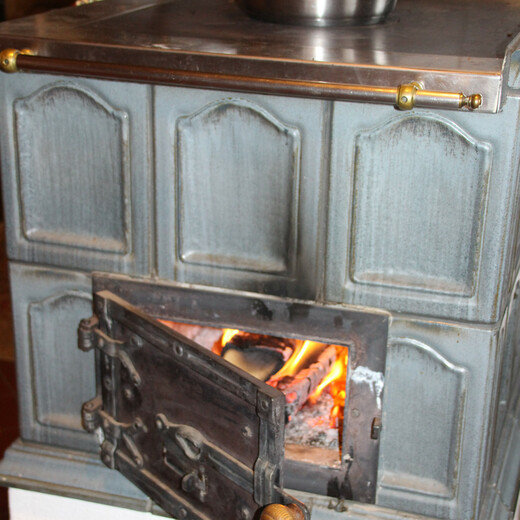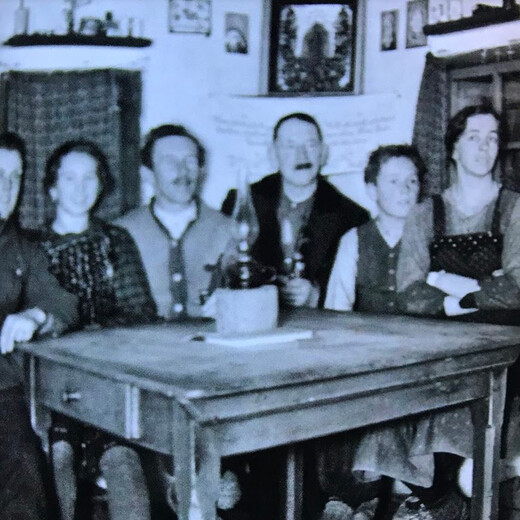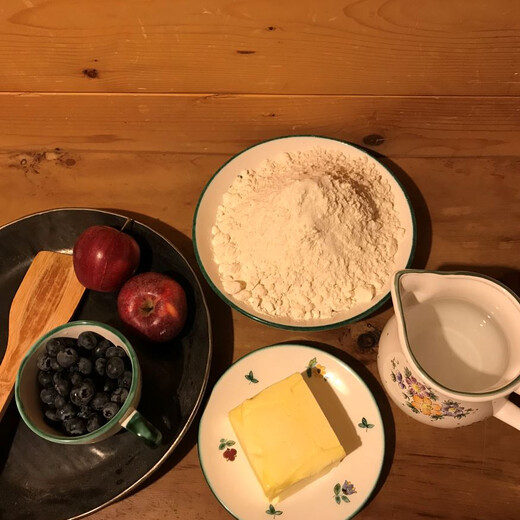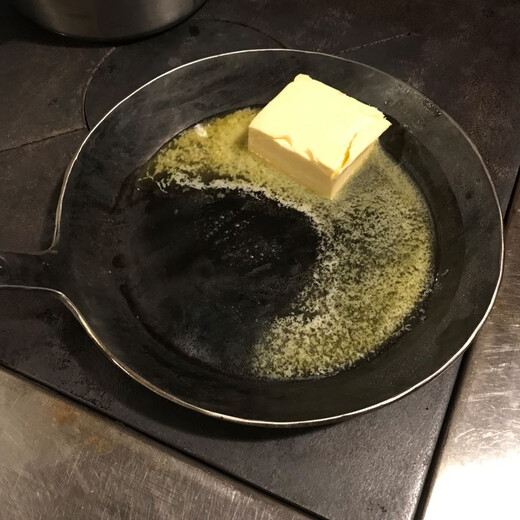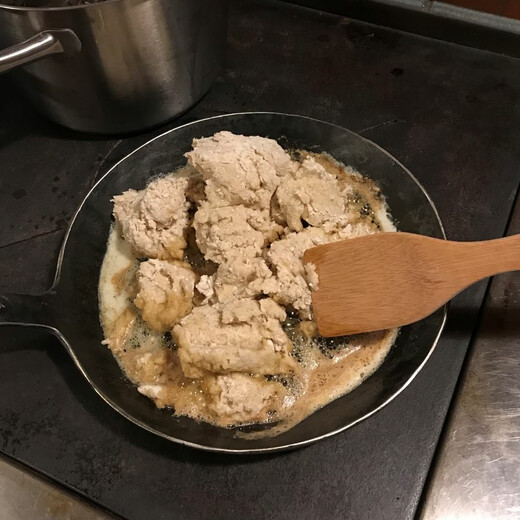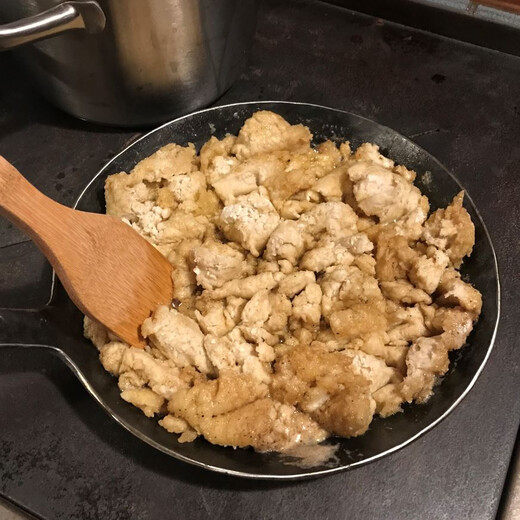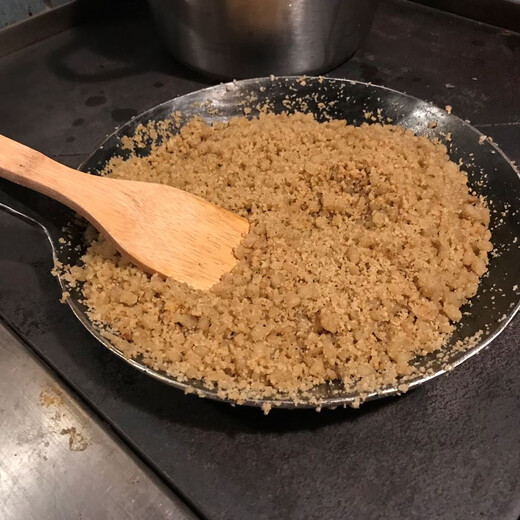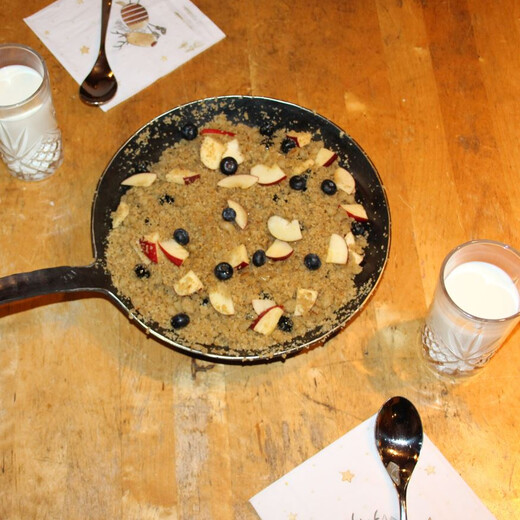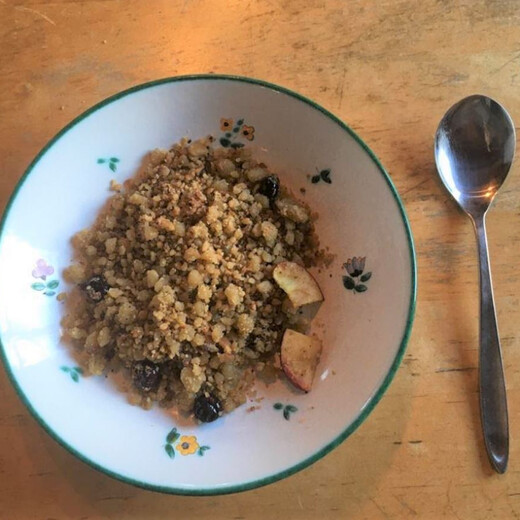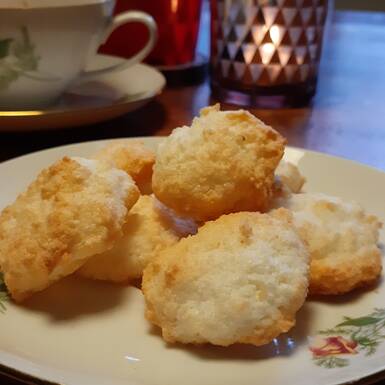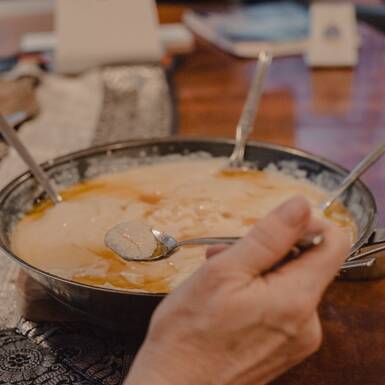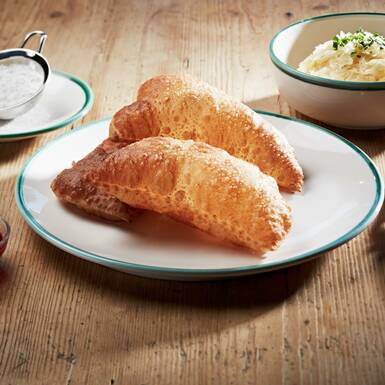No rush - have a mush!
As different as people's childhood memories of the Christmas of their childhood are, the food that is put on the table on Christmas Eve is probably just as different.
While delicacies such as carp or goose are typically served in northeastern Austria, people in the Pinzgau region still enjoy the traditional Muas (mush). As a counterpart to the Bachikoch, the taste of which divides opinions at Christmas, the Muas tastes equally good to small and large gourmets. In this Bachlkoch story, you can read about what's inside the Bachikoch and how you can easily cook it. Today it's about traditional muas and its variations.
The muas in its origins
Like everywhere else in the world, cultural eating habits are based on the original conditions of a region. The barren soils and the prevailing stimulating climate in the Glemmtal valley made soil cultivation difficult, and so livestock farming has always been an important part of agriculture. The small-scale farms had to feed a large number of people with little yield, and this is how the simple, high-calorie dishes came about.
The women on the farm were responsible, among other things, for the fire in the woodstove. In addition to the cooking facilities, the stove warmed the most important rooms of the house in winter, and so the "Bauernkammern" (bedrooms of the farmer and farmer's wife) were often located directly above the kitchen. An hole in the bedroom floor could be opened and closed again depending on the temperature.
Muas used to be eaten all year round and was particularly popular as a breakfast because of its high calorie content.
Because it requires only a few ingredients, muas was also a popular dish among woodworkers. In the evenings, after long days of work in the forest, they cooked together in their huts over an open fire.
Traditional Pinzgauer Muas - the recipe
For four people you need:
- 500 g plain flour
- 0.4 l water
- a little salt
- approx. 200 g butter for frying
- berries or fruit to garnish
- sugar or honey
Bring the water to the boil. Salt the flour. Then slowly fold the boiling water into the flour until you have a firm, crumbly dough. Heat the butter in a frying pan, add the dough and fry on one side over a moderate heat until golden. Then turn and bake for about 30 to 40 minutes, constantly breaking up the lumps. The dough is crushed with the so-called "Muaser" - a special tool that ensures the perfect result.
The muas is then garnished with fruit and served hot. Traditionally, apples, cherries or "moosbee" (blueberries) were used for this. Real muas fans drink a glass of cold milk with the dessert.
The secret of the "right" muas
There have always been a few rules to follow. If the cook is too impetuous when chopping and you can hear her pounding the dough all over the house, this is (according to what people thought in the old days) evidence of poor housewife qualities.
If you don't have a feeling for your muas and use the wrong technique when pounding it, it won't be a good one because of the wrong consistency.
If you don't know the right temperature or don't have the patience, the muas will either be too dark or not crispy enough.
You need a little experience, a little feeling and a lot of love for cooking.
Muas as a rare Christmas treat
In the Pinzgau, something rare and highly sought-after is also called rare. And that's how muas can still be described today.
Since there was no sugar in any household in the past, the Muas was refined with a little honey, if at all. At Christmas, the muas was often served as a topping for the "bachikoch". And so it was up to the children, who clearly preferred the muas to the bachikoch, to unobtrusively and skilfully scrape the muas off the bachikoch - without the bachikoch adulterating the muas taste.
In the Glemmtal valley there was often abject poverty. There were years when flour was mixed with ground cherry stones, as the population could not be fed otherwise. No wonder that rare delicacies like sweet apples, a little honey or ripe cherries were very popular.
Just as muas is still cooked by many grandmothers today, the younger generation is now daring to try this tasty dish again: with wholemeal spelt flour, clarified butter, fresh fruit and honey (instead of sugar) as a more digestible variant.
We hope you enjoy cooking this dish and wish you bon appétit!

